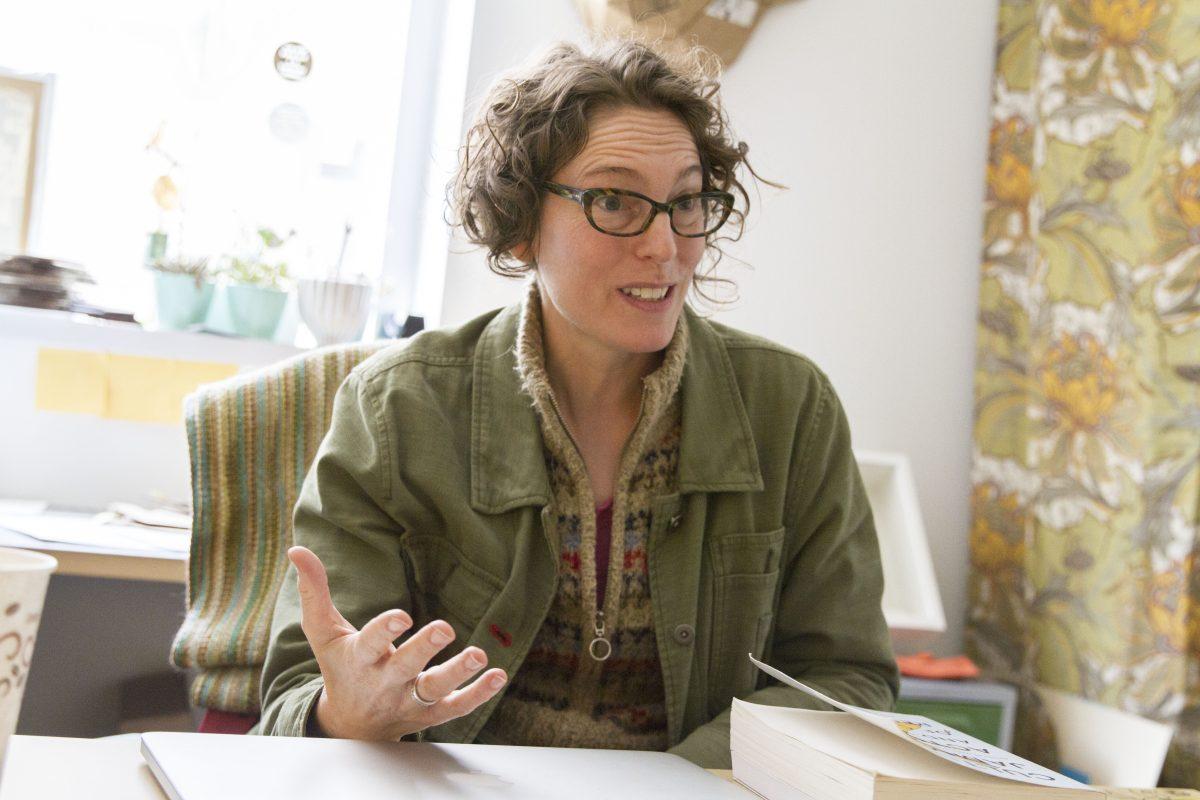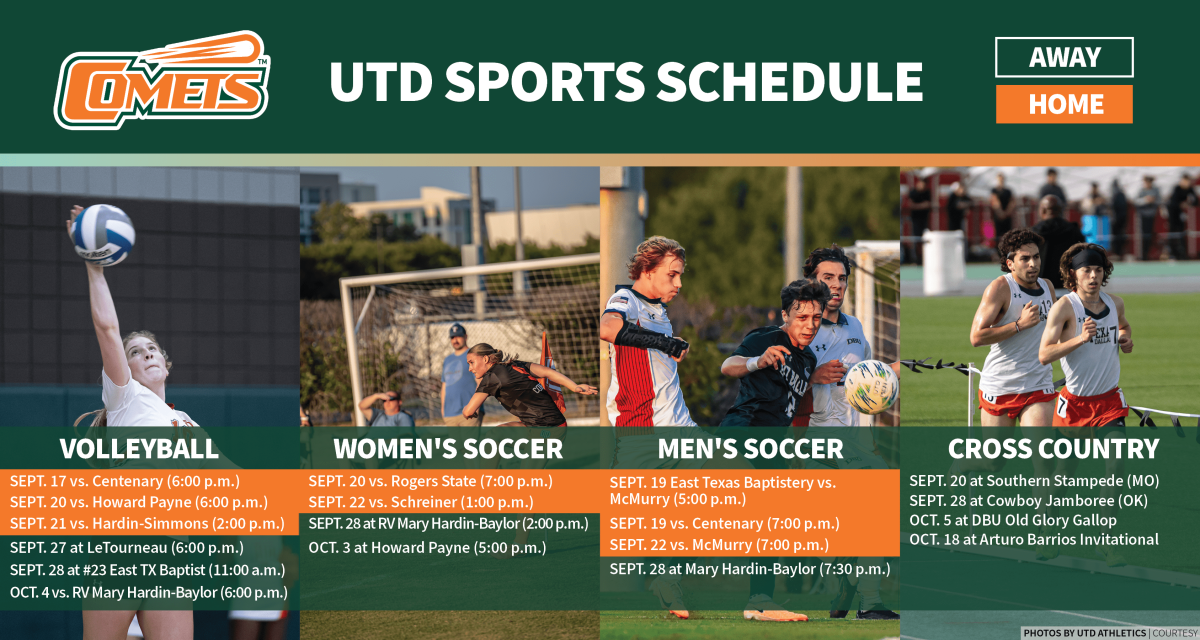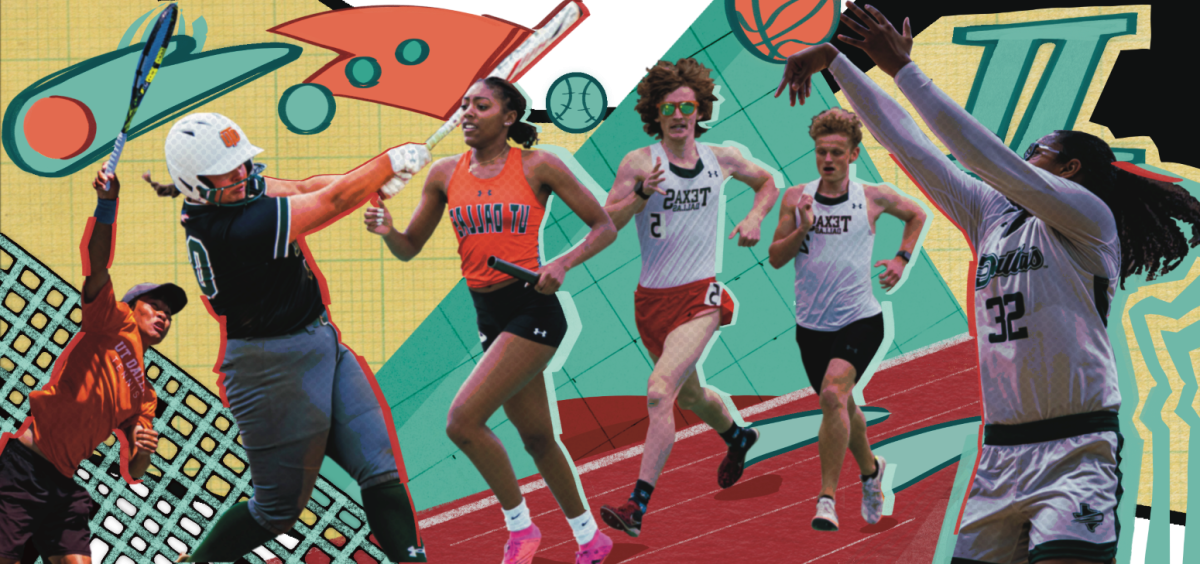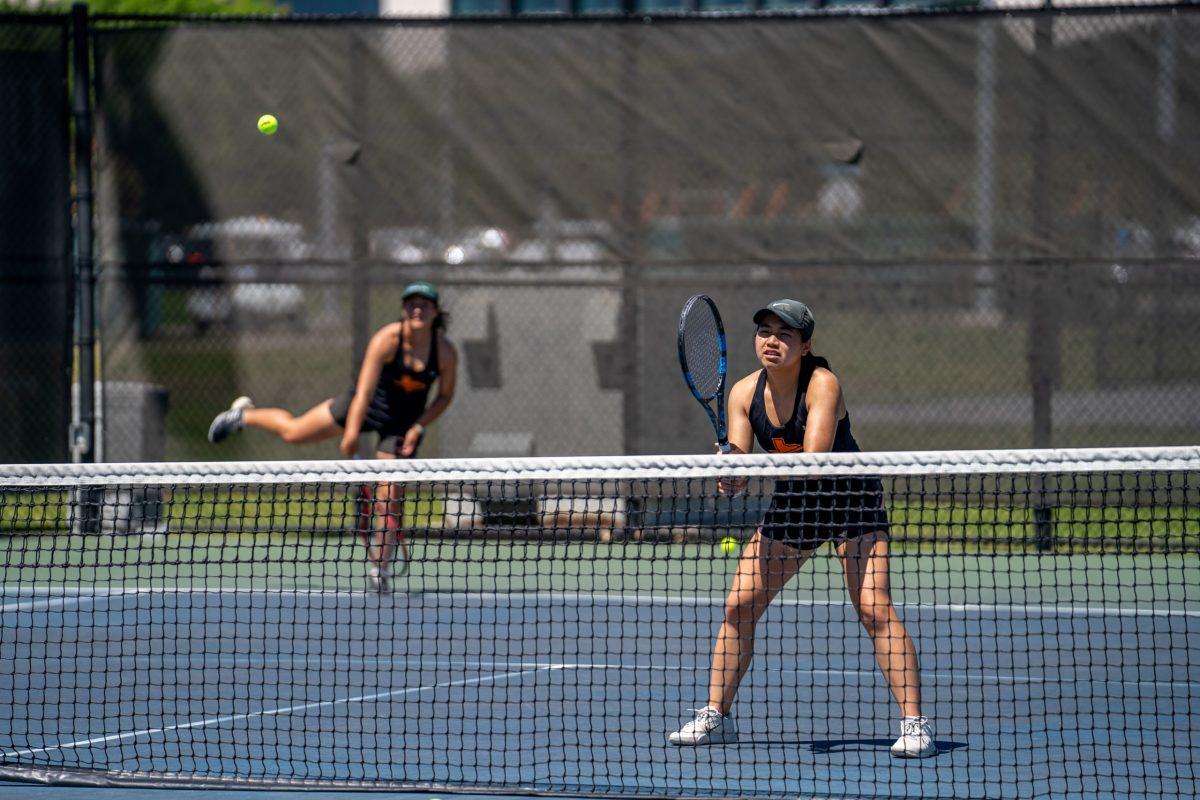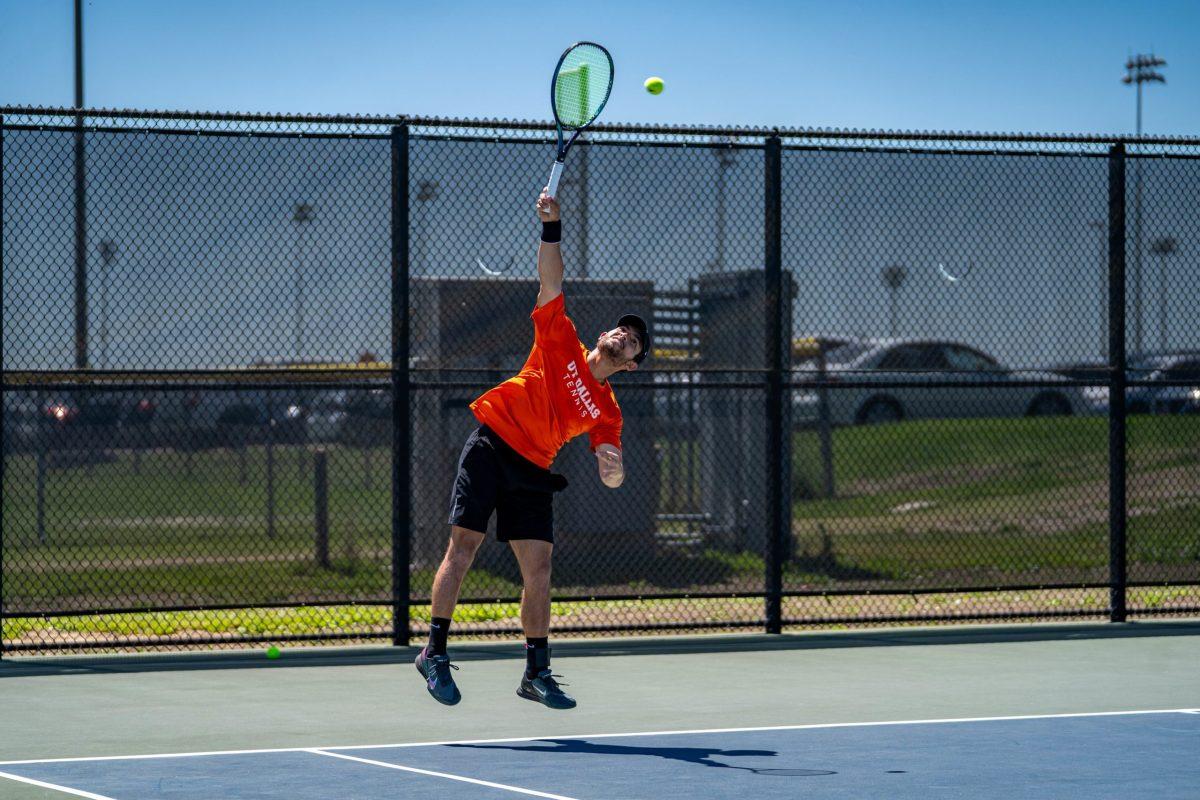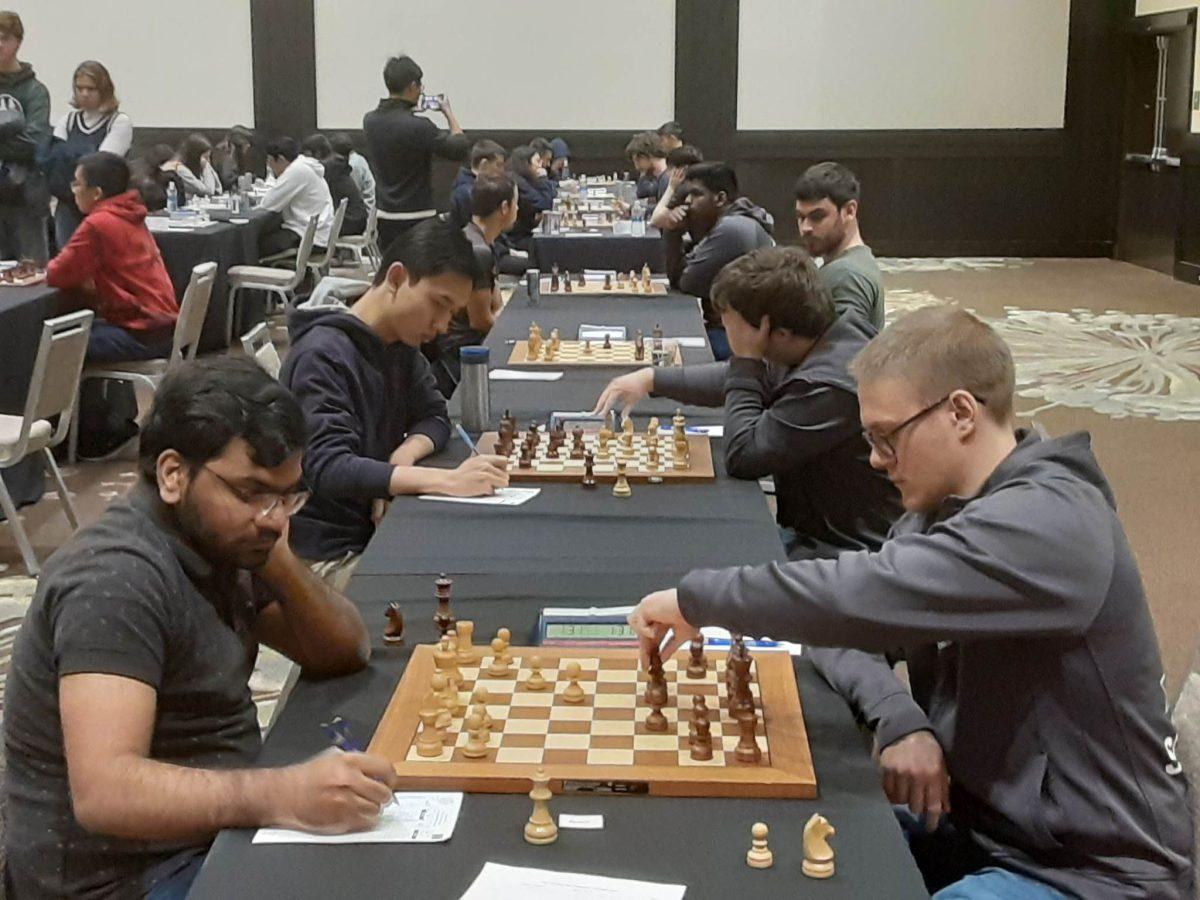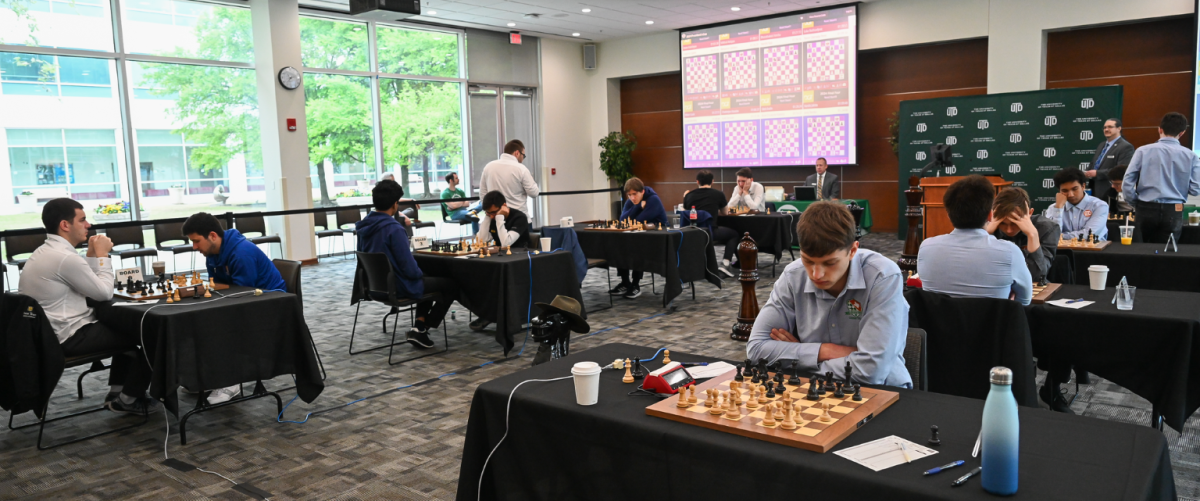An associate professor has helped online workers get on their feet in a participatory project.
This year marks 10 years since ATEC associate professor Xtine Burrough began the Mechanical Olympics. Created for Amazon’s crowdsourcing marketplace, the Mechanical Turk, the Mechanical Olympics is an art project intended to encourage the online marketplace’s workers to be active and creative.
The Mechanical Turk, an Amazon-owned company, is a marketplace where workers are hired to perform functions that are too smart for computers to process. The work includes data entries or categorizing of images for online stores — simple tasks that would confuse computer systems and require human interaction. Prices for these workers are usually very low, with most of these tasks being simple and requiring little to no energy. This is where the Mechanical Olympics comes in, as the project requires the workers to film a short video of them recreating an Olympic sport in any way they want and upload it to YouTube. The video that gets the most likes wins the competition, receiving a bonus payment through the site as a prize.
Sabrina Starnaman, an arts and humanities associate professor, is a frequent collaborator with Burrough. Starnaman described the projects Burrough usually works on as distinct.
“Since she is a socially engaged artist, we get to take what we do at the university and bring it out to a much broader artist,” Starnaman said. “Projects are usually solo endeavors which makes these so unique.”
Burrough started the Mechanical Olympics in 2008 in honor of the Beijing Olympics after being introduced to the Mechanical Turk website by a colleague. Previously, she spent time creating participatory art projects for the public and she was looking for a way to expand her projects. After spending an hour on the site and coming up with the Olympic idea, she posted the project on a Friday. Paying $3.50 per video, she was surprised to find that the response to her request was immediate, with a total of 26 videos created by the end of that weekend.
“I put them up on a Friday night, and next morning I went right to the requester page and I felt the way my kids feel on Christmas morning,” Burrough said. “I was surprised, not that people had done it, but that people had taken it seriously and had creative thoughts in these videos.”
This year resulted in several more videos, including a man using his bathtub to simulate a bobsled, and one individual using two action figures to recreate a hockey game. Burrough also set up a reflection series in which previous participants of the Olympics could come in and discuss their feelings about their experience with the project. Starnaman said the reactions the project receives is what makes it so special.
“The sort of aesthetic beauty of her work isn’t always in the objects she creates, but in the experience that the viewer or participant has in the art,” she said. “That’s where the beauty of her work comes from.”
Burrough plans on keeping the Olympics going and wants to host it again for the upcoming 2020 summer games in Tokyo.
“Every two years I think I’m done and then I end up doing it,” Burrough said. “It’s almost mechanical for me to do it, so the project has sort of inverted itself back on to its creator. With that in mind, I feel like I’ll keep doing, feel like it’s my pursuit.”

